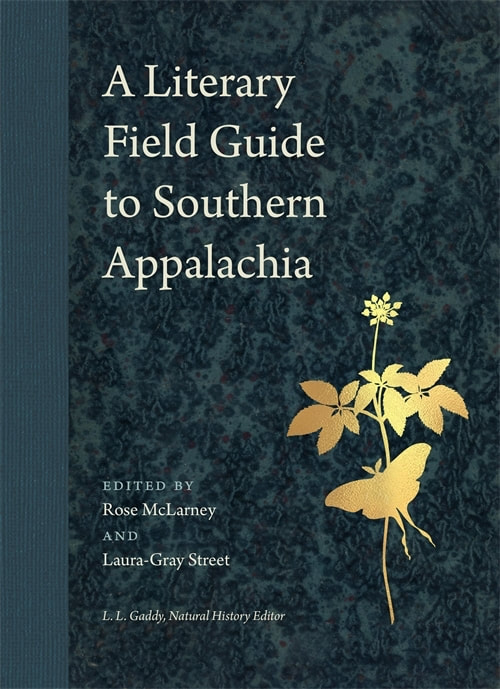|
Vertical Divider
Dumb and blind, you resurrect into sunlight
out of the face of the host. Your rooted emanation worm-shaped as the humble one you sprang from. Isn’t mimicry akin to love? Even a parasite deserves glory, crawling your grubby scrawl of breathless urge from dung-wet clay to elongation. Out of the big darkness, your ochre tongue licks toward dappled shadow. In some places the poor will rout you out, make tea from your body, transmogrifying fungal musk and tang into virility. Men will believe the strength in partaking of your protrusion, erect and vivid. Commune with the ground upon which we all kneel. Search for the nubbin born from the wheeled spore, life wicking up from death’s mute and mutable door.
|
A Literary Field Guide to
|
CURRENT ISSUE
|
CONTACT
|
DEPARTMENT OF ENGLISH
|


